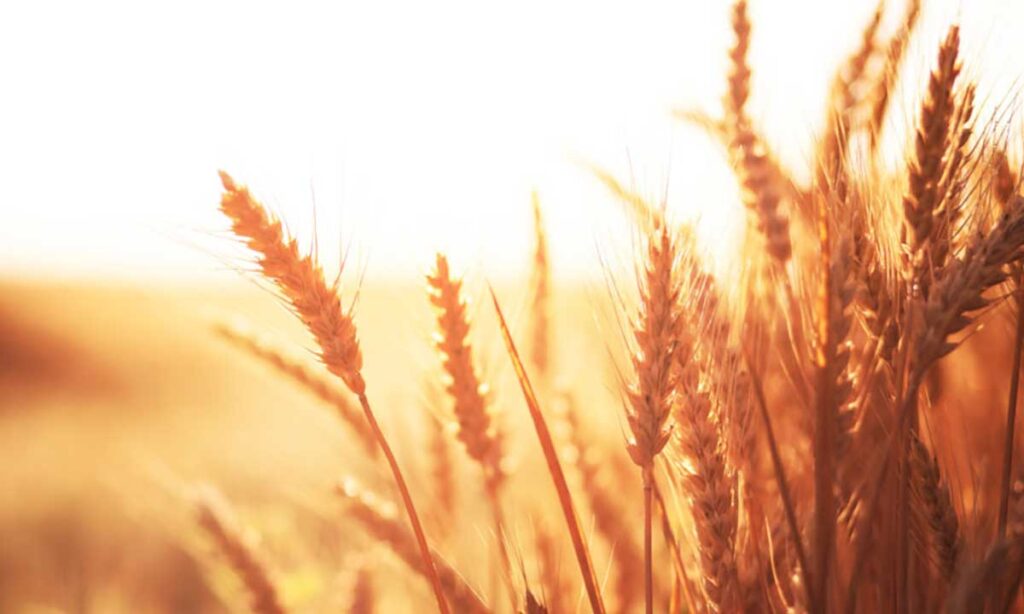Streaks of sunlight filter through the floating chaff and dust. Anxious and excited farmers breathe in the distinct smell of ripening wheat baking under the heavy glow of the hot summer sun. The dog days of harvest linger on as rural farmers hope to get all of their crops cut and safely to the grain bin. Valiant combines rumble across windrows to their next destination, a grain cart loyally following anticipating the flashing lights indicating a full tank. Harvest is upon us, and the year has kept farmers and ranchers wondering if there’d be much of a crop to harvest. Ranchers are scrambling for hay and farmers wince at the unfilled grain heads of the spring crop. So many factors play into getting a crop from seed to grain bin.
The smell of freshly turned soil conveys sentiments of new life and new seasons. Getting the seed into the ground when soil temperature is optimal is ideal. If the ground is too hard or too soft, the seed bed isn’t as good as it could be. Next, the farmer must decide when to fertilize. This is when they become full time meteorologists watching the weather patterns to get fertilizer down before any moisture comes. The rain or snow precipitating on the spread fertilizer delivers it deep into the soil where it can adequately be absorbed by the plant. When the sun starts shining and the days warm up, green plants and weeds alike start poking out of the ground, and at this point, it is important to spray for weeds before they grow to be too large and go to seed. The larger the weed, the harder it is to kill and the more loss of yield. When the days really heat up, the weeds and unwanted plants will form a waxy layer that prevents them from absorbing the spray making them near impossible to control at this point. Disease flourishes in the summer months as do pesky insects such as saw flies and grasshoppers. If a farmer can maintain a healthy crop through the intricate timing of spray and fertilizer application, he or she has an eye continuously on the horizon watching for developing dark clouds. No farmer wants to lose his or her crop to the “white combine” (hail). Witnessing a field tumultuously destroyed by hail is sobering. Even heavy rain and winds can damage a crop leaving the farmer to wonder what the yield could have reached. The other end of the spectrum includes fire and drought, two situations Montana farmers find themselves dealing with this year. Lack of moisture on the spring crop result in the heads not filling and poor yields with little protein. Still, other things that can affect a farmer’s harvest is too much moisture, frost, wildlife trampling and eating it, and losing it in transit.
Harvest is the anticipated time of year because it is payday for a long year of extremely difficult work. There are many parts of the equation to getting the crop from the seed to the grain elevator. Keep that in mind when experiencing slowed travel times due to combines and tractors chugging down the road! If you find yourself in a situation where you are contemplating selling, post-harvest is the time to do so. From October to April, the land is more visible. Additionally, there are no expenses going into a growing crop. The market continues to support the transaction of farm ground with record high prices and sales. Farmland prices remain high. With low inventories, there are plenty of buyers and a strong demand for such properties. Today’s market has various buyers that are in a great cash position; as a result, farms are selling as soon as they hit the market and earning the highest returns. If you are considering selling to achieve some financial freedom and remove the stress from the thought of retirement expenses, give us a call. We can discuss how to make your golden years sparkle! We understand the tireless work that farmers and ranchers put into their livelihoods: the expenses, the sweat and tears, the stress, and the sacrifice.




